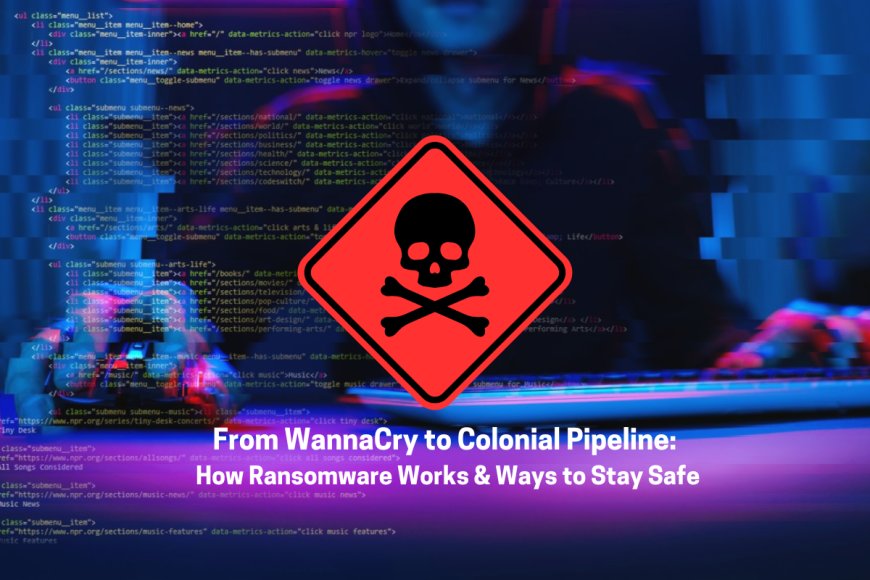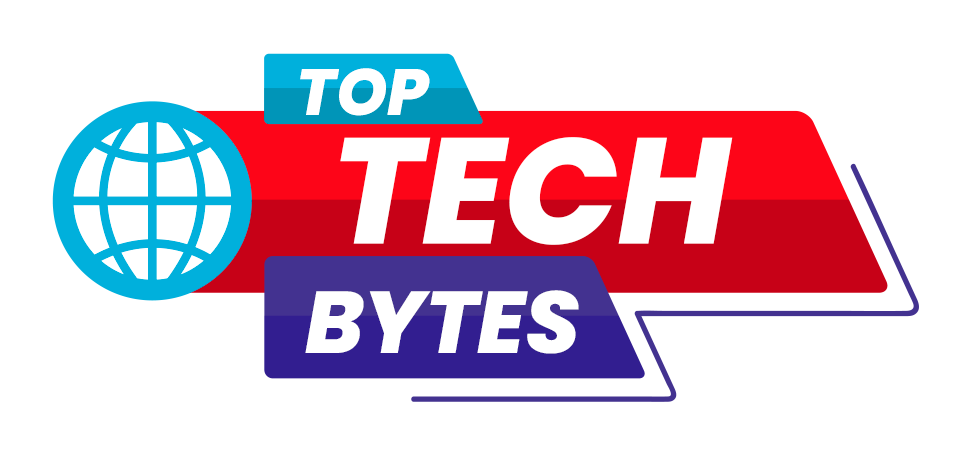Cybercrime Alert: The Impact of Ransomware and How to Prevent It
Ransomware attacks encrypt victims’ files, demanding payment for decryption. Prevention includes backups, software updates, and cybersecurity awareness to reduce risks.

A ransomware attack is a sort of cybercrime in which hackers employ malicious software to encrypt the victim's files, making them inaccessible. A ransomware attack is a sort of cybercrime in which hackers employ malicious software to encrypt the victim's files, making them inaccessible. If the victim fails to pay, they risk losing their data permanently or having it expelled.
How Ransomware Works
- Infection: Attackers spread ransomware using phishing emails, harmful websites, software flaws, or infected USB drives. The attack can be triggered by clicking on a compromised link or downloading an infected file.
- Encryption: The malware encrypts important files, thereby locking people out. Victims frequently receive a ransom note describing how they must pay for decryption.
- Extortion: Cybercriminals demand payment and may threaten to reveal sensitive information if the ransom is not paid.
Different Types of Ransomware
- Locker Ransomware: It prevents access to the entire system but does not encrypt files.
- Crypto Ransomware: Encrypts personal or company data, making recovery difficult without the decryption key.
- Ransomware-as-a-Service (RaaS): Cybercriminals sell ransomware kits to other people, making attacks more common.
Real-world Examples
- The WannaCry ransomware attack in May 2017 was a global cyberattack that exploited a Windows vulnerability, infecting over 230,000 computers across 150 countries. It encrypted users' files and demanded Bitcoin payments for decryption, severely impacting hospitals, businesses, and government agencies. The attack was linked to the North Korean hacking group Lazarus and was eventually slowed down by a security researcher who discovered a "kill switch" in the malware's code.
- The Colonial Pipeline ransomware attack in May 2021 was carried out by the Russian-based DarkSide hacking group, forcing the largest fuel pipeline in the U.S. to shut down for several days. The attackers encrypted critical data and demanded a ransom, leading Colonial Pipeline to pay $4.4 million in Bitcoin to regain access. This attack caused widespread fuel shortages and highlighted vulnerabilities in critical infrastructure cybersecurity.
Some Prevention Measures
- Backup Data: Make regular backups to offline or cloud storage.
- Update Software: Fix vulnerabilities in operating systems and apps.
- Use strong security tools: Install reputable antivirus and firewall protection.
- Beware of phishing: Don't click on questionable links or download unexpected attachments.
- Enable Multi-Factor Authentication (MFA): This adds an additional degree of security to your accounts.
What to Do If Attacked?
- Do not pay immediately.Paying does not ensure data recovery and may promote future attacks.
- Notify law enforcement or cybersecurity professionals to report an attack.
- Isolate the Infected System. Disconnect the affected devices from the network.
Ransomware attacks are increasingly complex, necessitating cybersecurity understanding. By taking preventive efforts, individuals and businesses may decrease the risk of becoming targets to these hostile threats.







